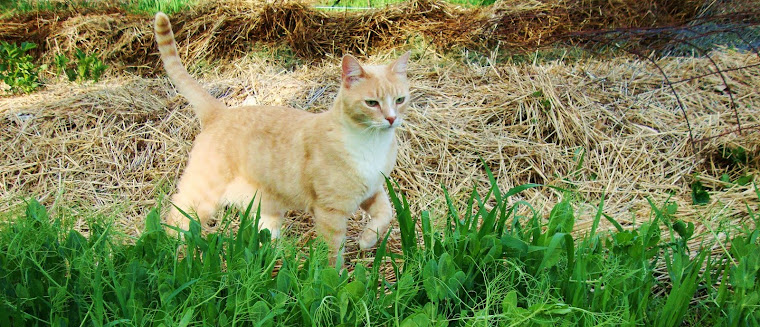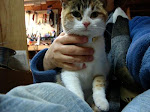Brother of another mother and my photographic mentor, Tillman Crane, passed through Stratheden Farms recently and, as always, there was some amount of lamentation regarding what passes for fine art photography these days, both what hangs on art institution's walls and what is published in magazines and books. My thinking was further sharpened & stimulated that same day by a brief visit from Bill Moretz, Virginia photographer extraordinaire and repository of encyclopedic knowledge about photographic equipment. Their presence reminded me that although learning from the internet is viable alternative, it is a poor substitute for learning from a live expert with decades of priceless experience. Reading a few web sites may impart some facts but not wisdom.
With this in mind, your humble author begs leave to bring your attention to two texts viewed on the internet this week.
On an old student's (who is now a major photo-editor) Facebook page, one of his contacts wrote: "_____, do you know where I can take a photoshop class. I may start teaching a digital photography class with photoshop. All I know is from playing. I think a real class will help me. Thanks." About 35 years ago, my friend Ted Rice neatly labelled this the "take a class - teach a class" syndrome (in reference to a student who had taken Ted's platinum printing classes and was now advertising his own "Master Class" workshops in Texas a few months later). The temerity of people to believe that taking one class on a complex technology will enable them to know the subject well enough to teach it is far beyond my comprehension but it is a common approach. Further, the gullible nature of their students who believe they are receiving quality instruction for their large outlays of money to charlatans.
From a photographic equipment blog with 19,500 followers, a writer noted his qualifications, "I got into photography because of a camera [duh]. In late 2012, I saw a Yashica Electro 35 ME on a Swiss auction-website and just wanted it. I didn’t know much about cameras, photography or film... Over the next year I bought about ten different cameras." He aspired to someday have a darkroom and learn to develop film & make his own prints. Three years later, he was an expert on cameras made about the time he was born... obviously a much faster learner than your current author. Get real, kid, other people read the same blogs that 'informed' your posts. Exposing a couple of dozen rolls of film makes you a rank amateur with aspirations, not an expert. Talk to me after you shoot three or four hundred rolls or have worn out a camera or two - then I may find your blether worthy of notice.
You are far too many to enumerate but this is the proper place to acknowledge those who, over my 50 years in photography, have freely imparted their hard-won knowledge to a not-always-worthy student. It all began with industrial photographer Charlie Manion, 17 November 1966 [more on that on 17 November 2016's post]. Thank you for your devotion to the art of photography, my friends, and your dedication to perpetuating it.
P.S.: It is edifying to learn that the object formerly termed "film camera" when I used one, is now "analog hardware."
 |
| made with a c. 1958 Mamiya Six Automat camera |



















